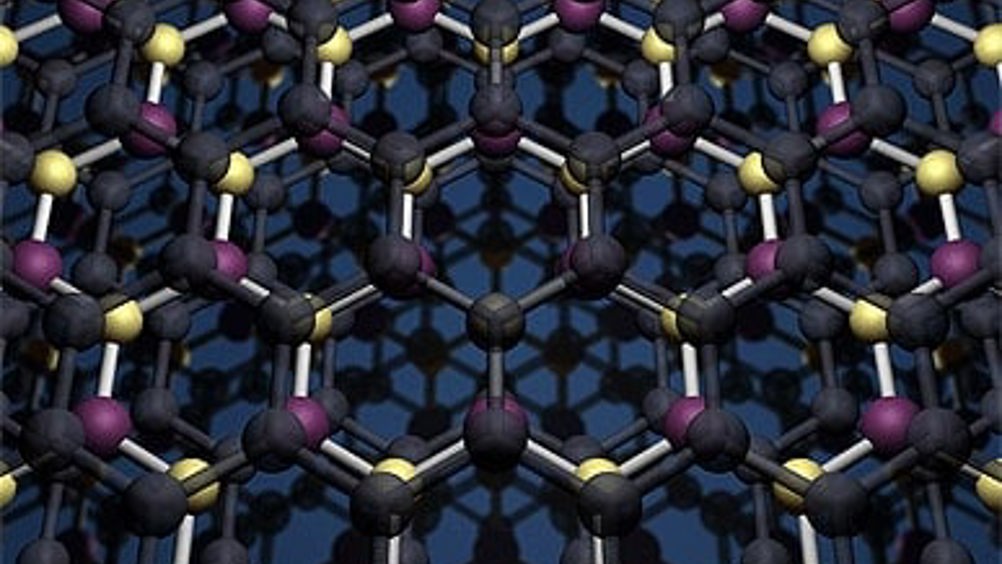Layered approach leads to composite paper electrode
Composite paper that can be used as a negative electrode in sodium-ion batteries has been developed at Kansas State University.

Gurpreet Singh, assistant professor of mechanical and nuclear engineering, and his student researchers are said to be the first to demonstrate that a composite paper, made of interleaved molybdenum disulphide and graphene nanosheets, can be an active material to efficiently store sodium atoms and a flexible current collector.
Singh said in a statement: ‘Most negative electrodes for sodium-ion batteries use materials that undergo an ‘alloying’ reaction with sodium.
‘These materials can swell as much as 400 to 500 per cent as the battery is charged and discharged, which may result in mechanical damage and loss of electrical contact with the current collector.
‘Molybdenum disulphide, the major constituent of the paper electrode, offers a new kind of chemistry with sodium ions, which is a combination of intercalation and a conversion-type reaction.
‘The paper electrode offers stable charge capacity of 230 mAh.g-1, with respect to total electrode weight. Further, the interleaved and porous structure of the paper electrode offers smooth channels for sodium to diffuse in and out as the cell is charged and discharged quickly. This design also eliminates the polymeric binders and copper current collector foil used in a traditional battery electrode.’
Register now to continue reading
Thanks for visiting The Engineer. You’ve now reached your monthly limit of news stories. Register for free to unlock unlimited access to all of our news coverage, as well as premium content including opinion, in-depth features and special reports.
Benefits of registering
-
In-depth insights and coverage of key emerging trends
-
Unrestricted access to special reports throughout the year
-
Daily technology news delivered straight to your inbox










Gigacasting: A Breakthrough in EV Manufacturing
Lots of interesting developments here. Though the phrase "‘The Vault’ – an encased system full of magic that is easily scalable." is not...